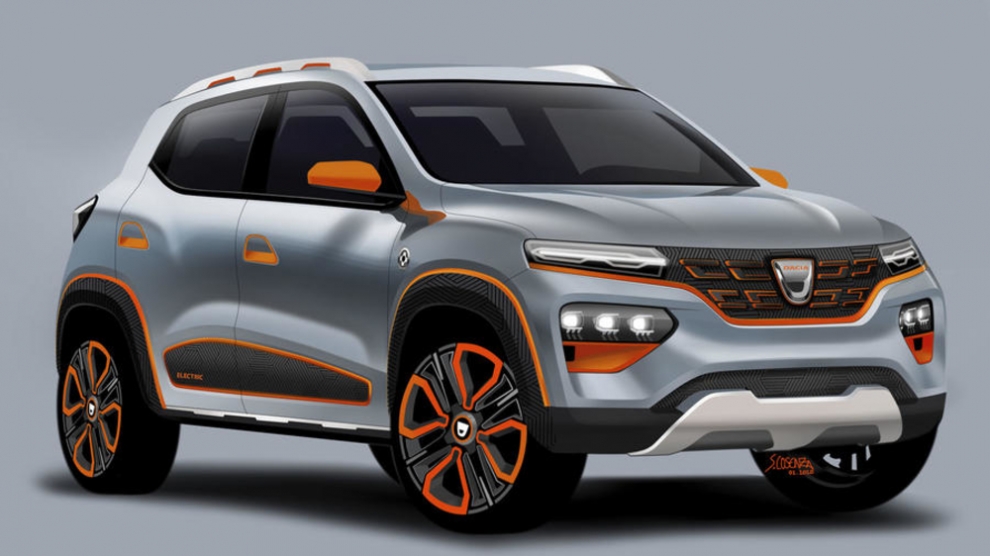Dacia has revealed its Spring Electric concept car, which, the Romanian carmaker has claimed, will be Europe’s most affordable fully electric vehicle when it goes on sale in 2021.
Dacia, owned by the French giant Renault, unveiled the new car on its Facebook page. The company had originally planned to launch the car at the Geneva Motor Show, cancelled due to fears over the coronavirus.
The car is a version of the Renault City K-ZE, currently built and sold exclusively in China. The City K-ZE is itself an electric version of the Kwid, a five-door, four-seat mini-SUV that is sold in India, Brazil and other emerging markets. Dacia have said that the Spring Electric will have a range of at least 200 kilometres.
The Dacia brand has been one of the more unlikely business success stories of the past two decades in emerging Europe, which has gone from being the object of cruel jibes to a symbol of national pride. Since being taken over by Renault in 1999, Dacia’s sales have increased nearly every year, and the brand now accounts for 3.7 per cent of all new cars sold in Europe.
The Spring Electric will likely compete with Seat’s Mii Electric, the Volkswagen e-UP and Skoda’s Citigo – all made by Volkswagen – but is expected to cost substantially less. The basic list price in Germany for the Skoda Citigo is 20,950 euros, but with the now increased environmental bonus for low-cost electric cars, the car can be bought for around 16,570 euros. Dacia’s EV could therefore be priced as low as around 15,000 euros.
Dacia’s soft launch of its electric vehicle follows news that the brand’s sales once again reached record levels in 2019. Over 736,000 Dacia cars were sold around the world, an increase of 5.1 per cent on 2018. Sales in Europe jumped by more than 10 per cent. More than 140,000 Dacia cars were sold in 2019 in France alone.
Dacia’s SUV, the Duster, is the second most popular car in Europe.
Renault have yet to announce where the Spring Electric will be made. While Dacia’s largest plant is at Mioveni, near Pitesti in southern Romania, which has a capacity of more than 350,000 vehicles per year and which is currently being extended in a 100 million-euro investment, Dacia also manufactures four of its models – the Dokker, Logan, Lodgy and Sandero – at units in Morocco.
Some models are also assembled at Renault production facilities in Russia, Colombia, Argentina, Brazil, South Africa, Iran and India.
In 2019, the registration of electrically chargeable passenger vehicles in European Union and EFTA countries increased by 46 per cent to 564,225 cars. The sales of battery-electric cars grew by an even higher 81 per cent to 365,372 cars. The Netherlands is now the market leader for battery electric vehicles, surpassing Norway, while Germany overtook the United Kingdom as the largest market for plug-in hybrid vehicles in Europe.
In emerging Europe, the highest number of electric cars was sold in Hungary: just over 4,000. In Romania, just 1,506 were sold.
If priced low enough, the new Dacia will be expected to have a major impact on boosting those numbers.
—
Photo: Dacia


Add Comment